When someone is prescribed a generic medication, they often walk away with a prescription and a question: Is this really the same? It’s not just about cost. It’s about trust. And in 2025, the most trusted source of answers isn’t the pharmacist’s pamphlet or the doctor’s office-it’s a Facebook group, an Instagram Reel, or a TikTok video from someone who’s been there.
For years, patient education around generic drugs relied on brochures, clinic handouts, and occasional webinars. But those tools didn’t reach people where they lived-in their phones, scrolling between memes and family photos. Today, social media has become the invisible pharmacy. It’s where patients swap stories about side effects, compare prices across pharmacies, and confirm whether that $4 pill is really identical to the $40 brand-name version.
Take the case of a 58-year-old woman in Melbourne taking metformin for type 2 diabetes. She used to worry every time her prescription switched brands. Was the new one less effective? Would it cause bloating again? Then she found GenericMedUsers Australia, a private Facebook group with 12,000 members. Within hours, she got 17 replies: screenshots of FDA and TGA equivalence reports, personal logs of blood sugar levels over six months, even a link to a YouTube video explaining bioequivalence in under 90 seconds. She didn’t need a doctor’s visit. She needed community.
Why Social Media Works for Generic Drug Education
Generic drugs are not second-rate. They contain the same active ingredients, meet the same safety standards, and are tested to perform identically to brand-name versions. But the public doesn’t always believe it. Why? Because the system doesn’t explain it well.
Pharmaceutical companies spend millions marketing brand-name drugs. Generic manufacturers? They don’t advertise. So patients assume the cheaper option is inferior. Social media flips that script. Real people share real experiences. No corporate spin. No jargon. Just: “I switched to the generic lisinopril. My blood pressure is the same. Saved $200 a year.”
Platforms like Instagram and TikTok thrive on short, visual stories. A 60-second video showing a pill bottle side-by-side with its brand-name twin, labeled with the same active ingredient, hits harder than a 10-page PDF. The MedInfoAU TikTok account, run by a retired pharmacist in Adelaide, has over 350,000 followers. Their most popular video-“How to Read a Generic Drug Label”-got 4.2 million views in three months.
It’s not just about facts. It’s about emotional reassurance. When someone’s been told their condition is manageable, but they’re scared of side effects or cost, hearing from someone who’s been through it builds confidence faster than any clinical trial data.
Where Patients Are Finding Reliable Info
Not all social media is created equal. Some platforms are better suited for this kind of education.
- Facebook Groups are the backbone. They’re where long-form discussions happen. Groups like Generic Meds Support Network and Australia Generic Drug Users have strict moderation rules. Members must cite sources. Misinformation gets flagged and removed. These groups have become de facto peer-review spaces for medication experiences.
- Instagram is visual education. Stories and Reels show pill comparisons, pharmacy price tags, and infographics explaining bioequivalence. The MedCheckAU Instagram page uses carousel posts to break down how the Therapeutic Goods Administration (TGA) approves generics-step by step.
- TikTok is the fastest-growing channel. Short videos with captions explain complex topics: “Why your generic fluoxetine works the same,” “What ‘inactive ingredients’ really mean,” or “How to tell if your generic was recalled.” The platform’s algorithm pushes these videos to users searching for medication advice-even if they didn’t follow any health accounts.
- YouTube hosts longer explainers. Channels like Pharmacist Talks and Health Literacy Australia have videos over 10 minutes long, covering everything from manufacturing standards to how to talk to your pharmacist about switching generics.
LinkedIn and Twitter/X are less useful here. Professionals use them for policy debates or regulatory updates, but patients rarely turn to them for personal advice. Reddit has niche subreddits like r/Generics, but they’re smaller and less moderated.

What Works: Real Strategies From Successful Communities
The most effective patient education on social media doesn’t come from hospitals or pharma companies. It comes from patients themselves-with a little help.
Here’s what works:
- Student-led content teams-Some community health centers in Victoria and Queensland train volunteer patients to run social media accounts. These “Med Ambassadors” post daily tips, answer questions, and even film short videos. One program at the St Kilda Community Health Centre saw a 41% drop in pharmacy calls about generic drug concerns after launching their Instagram page.
- Verified sources in every post-Top-performing accounts always link to TGA, WHO, or peer-reviewed studies. A post saying “This generic works” is ignored. A post saying “This generic is TGA-approved as bioequivalent to Brand X (Ref: TGA Bulletin #2024-11)” gets shared.
- Consistency beats virality-Posting three times a week, every week, builds trust. One account that posted only when something went viral saw engagement drop 68% after six months. The steady ones grew.
- Use platform tools-Instagram’s “Notes” feature lets users ask questions anonymously. Facebook’s “Events” function hosts monthly Q&A sessions with pharmacists. TikTok’s “Stitch” feature lets users respond to misinformation with facts.
One of the biggest wins? When patients start correcting each other. In a Facebook group, someone posts: “My generic metformin made me dizzy.” Another replies: “That’s not the drug-it’s the fillers. Try a different brand. Here’s the list of TGA-approved ones.” That’s peer-to-peer education at scale.
The Risks: Misinformation and Trust Erosion
Not everything on social media helps. A 2025 survey by the Australian Pharmaceutical Society found that 39% of patients had encountered false claims online:
- “Generic drugs are made in China so they’re unsafe.” (False-TGA inspects all imported generics.)
- “Brand-name drugs are stronger.” (False-they’re identical in active ingredient.)
- “Switching generics causes withdrawal.” (False-unless it’s a controlled substance, which generics aren’t.)
These myths spread fast. And they’re hard to undo.
Platforms are trying to fix this. TikTok launched its MedVerify program in November 2025, partnering with Australian health bodies to flag misleading content. Instagram now shows a warning banner on posts about medications that lack citations. But it’s not enough.
The real solution? More authentic voices. A study from Monash University found that when patients saw content from someone who looked like them-same age, same background, same condition-they were 57% more likely to believe the information. That’s why patient-led accounts outperform hospital-run ones.
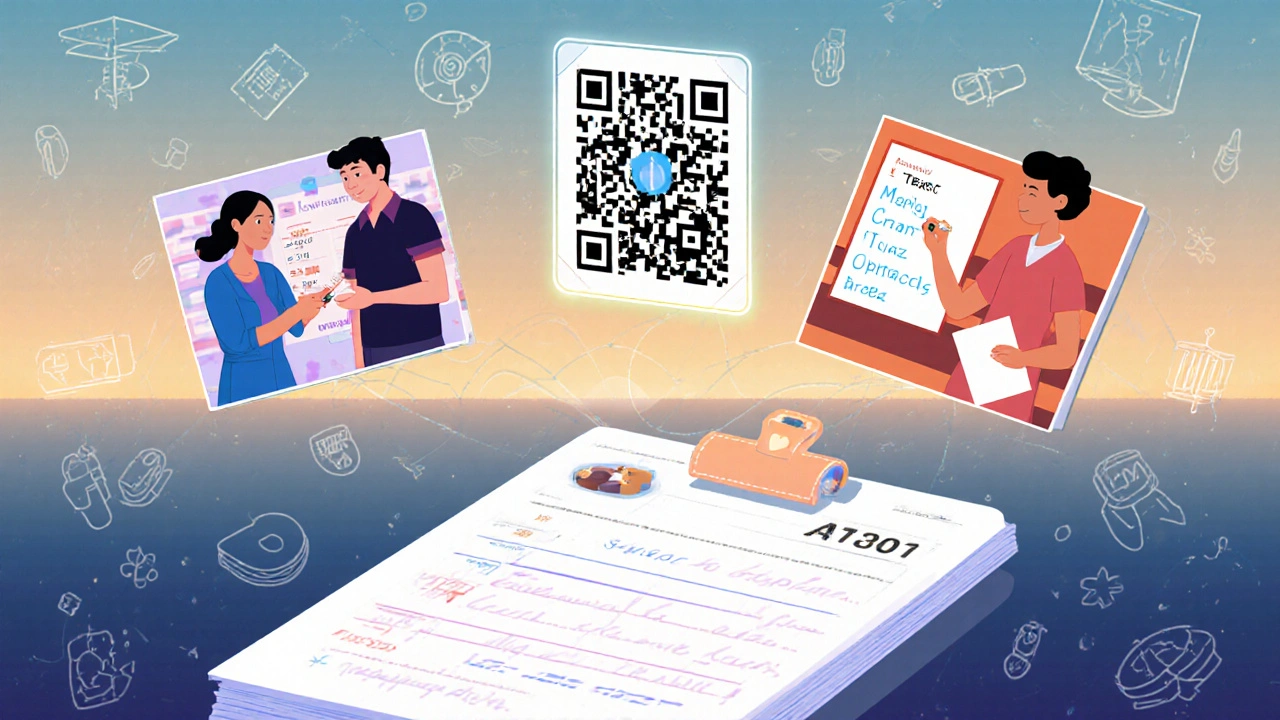
What Health Providers Can Do
Hospitals and clinics aren’t powerless. They can join, not just broadcast.
Here’s how:
- Partner with existing patient groups. Offer to host a live Q&A. Don’t promote your clinic-just answer questions.
- Train staff to identify common myths. Equip nurses and pharmacists with simple one-liners they can share: “Yes, the generic is the same. Here’s the TGA report.”
- Share patient stories (with permission). A video of a man saying, “I saved $1,800 a year on my blood pressure meds and my numbers are perfect,” is worth 10 brochures.
- Don’t ignore social media. If you’re not there, someone else will fill the gap-with misinformation.
Some clinics in Sydney and Perth now include a QR code on generic prescriptions that links to a verified Instagram page with FAQs. Early results show a 31% increase in patient confidence in generics after three months.
The Future: Social Media as the New Pill Bottle
In five years, when someone gets a prescription for a generic drug, the first thing they might do isn’t go to the pharmacy. It’s open TikTok.
Platforms will get smarter. AI will suggest verified patient stories based on your medication. Apps will auto-populate TGA equivalence data when you scan a pill bottle. But the core won’t change: people trust people more than pamphlets.
Generic drugs save the Australian healthcare system over $1.2 billion a year. But if patients don’t trust them, they won’t take them. And that’s a cost no one can measure.
The answer isn’t more ads. It’s more stories. More voices. More honest conversations.
Because when it comes to health, the most powerful medicine isn’t the pill.
It’s knowing you’re not alone.
Are generic drugs really as effective as brand-name drugs?
Yes. Generic drugs must meet the same strict standards as brand-name drugs. In Australia, the Therapeutic Goods Administration (TGA) requires generics to have the same active ingredient, strength, dosage form, and route of administration. They must also prove they’re bioequivalent-meaning they work the same way in the body. Studies show generics perform identically in over 99% of cases. The only differences are in inactive ingredients like fillers or dyes, which don’t affect how the drug works.
Why do some people say generic drugs don’t work for them?
Sometimes, it’s not the drug-it’s the change. Switching from one brand to another-even if both are generics-can cause minor differences in how the pill feels or how your body reacts to the fillers. This doesn’t mean the drug isn’t working. It might mean your body needs a few days to adjust. If you notice side effects after switching, talk to your pharmacist. They can help you find a generic with similar inactive ingredients. Many patients report this issue resolves within a week.
Can I trust information about generics on TikTok or Instagram?
Some yes, some no. Look for accounts that cite sources like the TGA, WHO, or peer-reviewed journals. Avoid posts that say things like “I know this for sure” without evidence. Verified health accounts, like those run by pharmacists or patient groups with moderation policies, are safer. If a post makes you nervous, check the TGA website or ask your pharmacist. Don’t rely on one post-look for patterns across multiple trusted sources.
How can I find a good Facebook group for generic drug support?
Search for groups with clear rules, active moderators, and links to official sources. Good groups will have posts like “TGA-approved generics for metformin” with attached reports. Avoid groups that encourage stopping meds or promote unverified alternatives. Popular Australian groups include Generic Meds Support Network and Australia Generic Drug Users. Always read the group’s about page before joining.
Should my doctor or pharmacist recommend social media for drug info?
They should encourage you to ask questions-and point you to reliable sources. Many pharmacists now share links to verified Instagram pages or Facebook groups when patients ask about generics. Your doctor might not post online, but they can help you spot misinformation. If you’re unsure about something you read, bring it to your appointment. Good providers welcome these conversations.

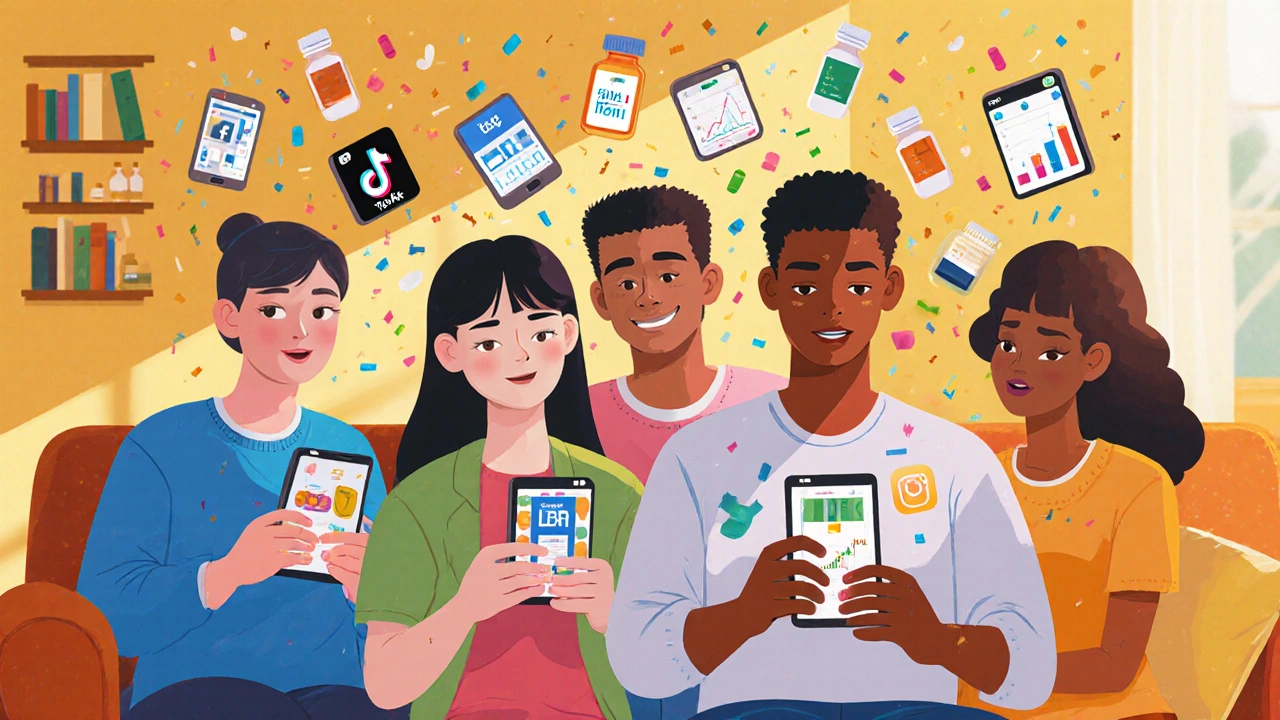
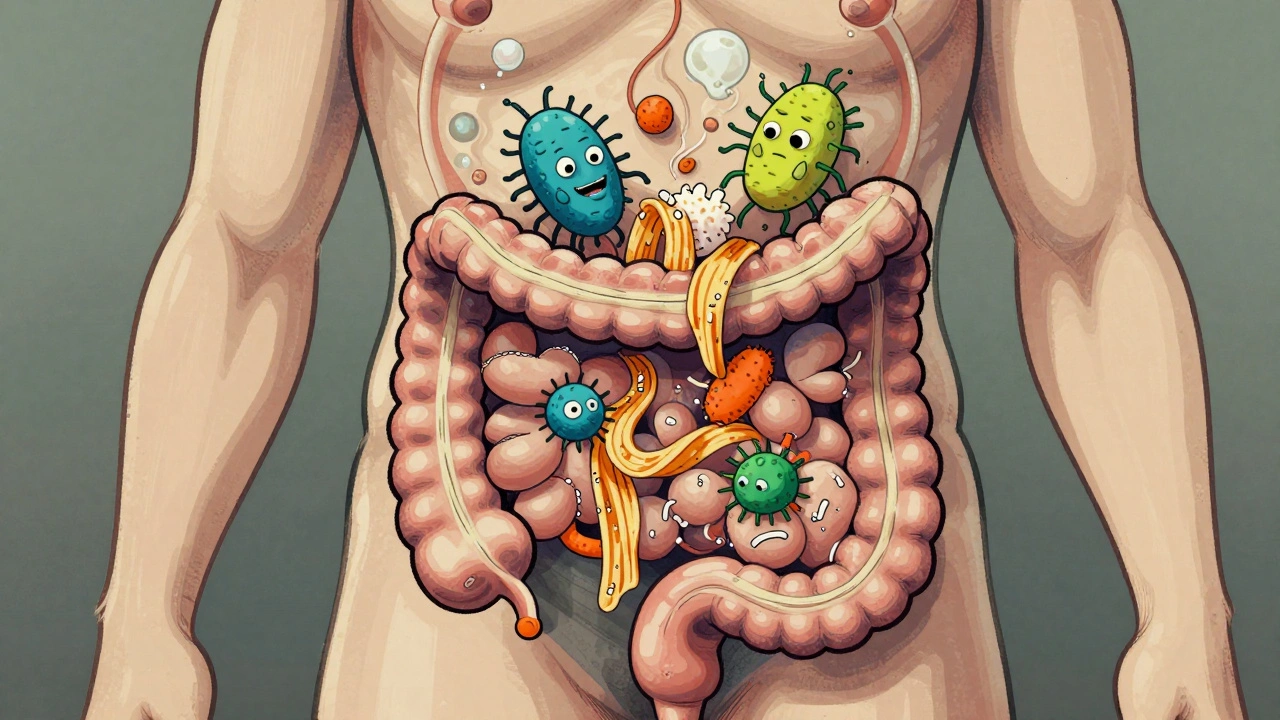
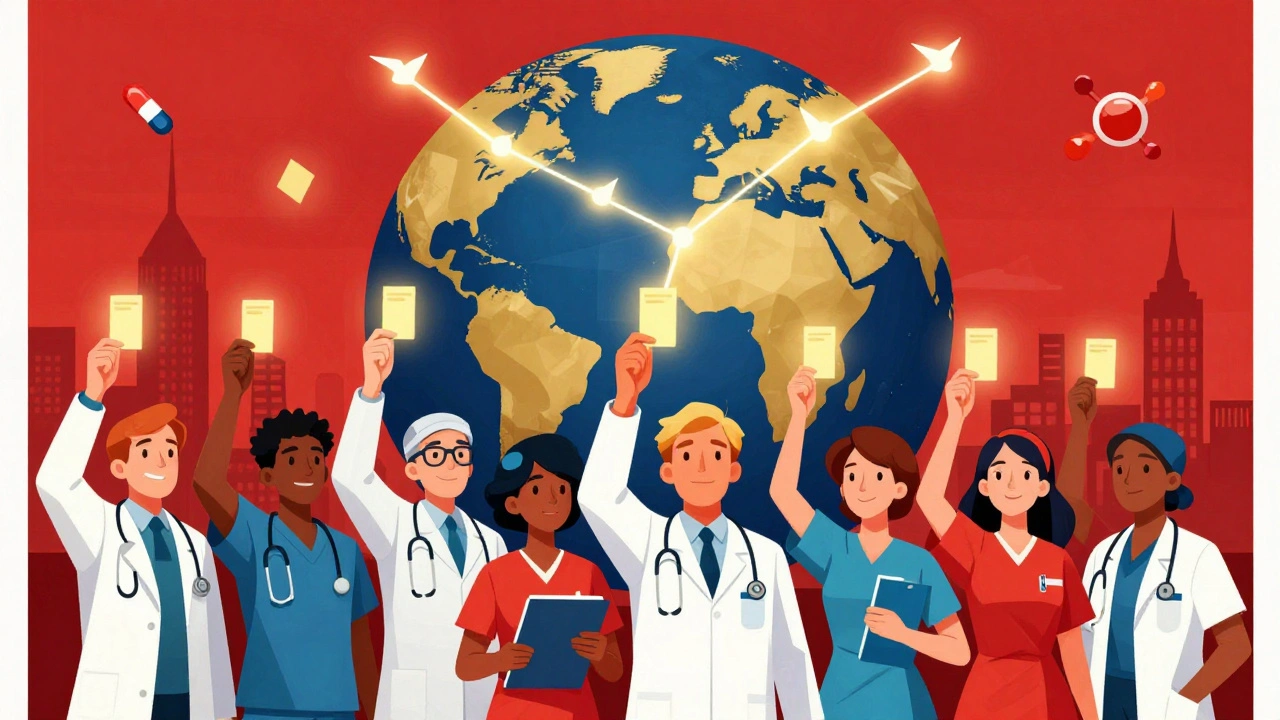
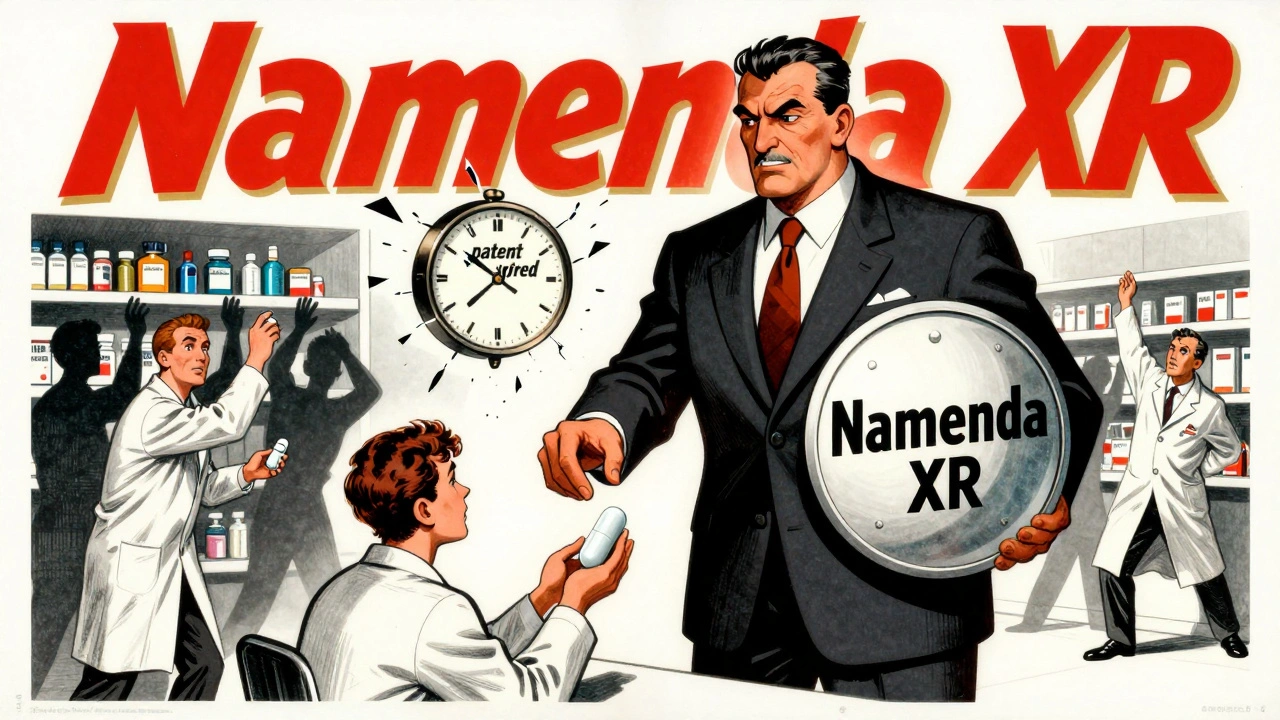
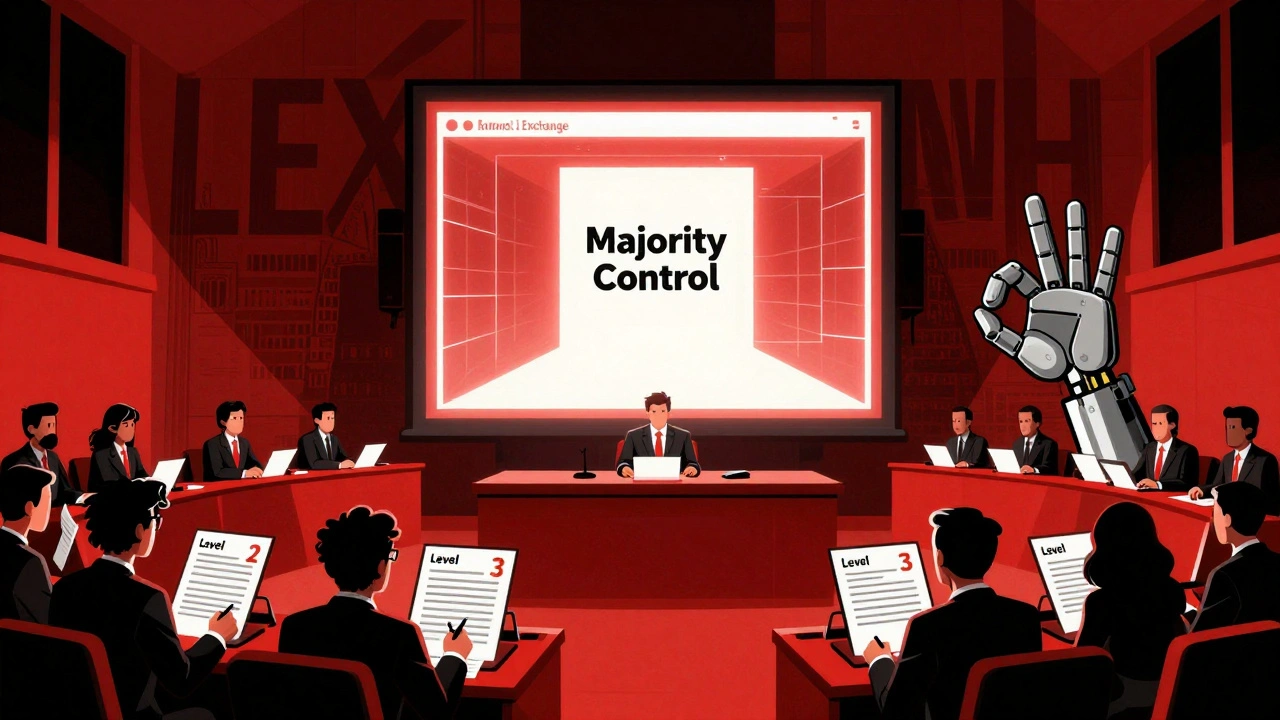
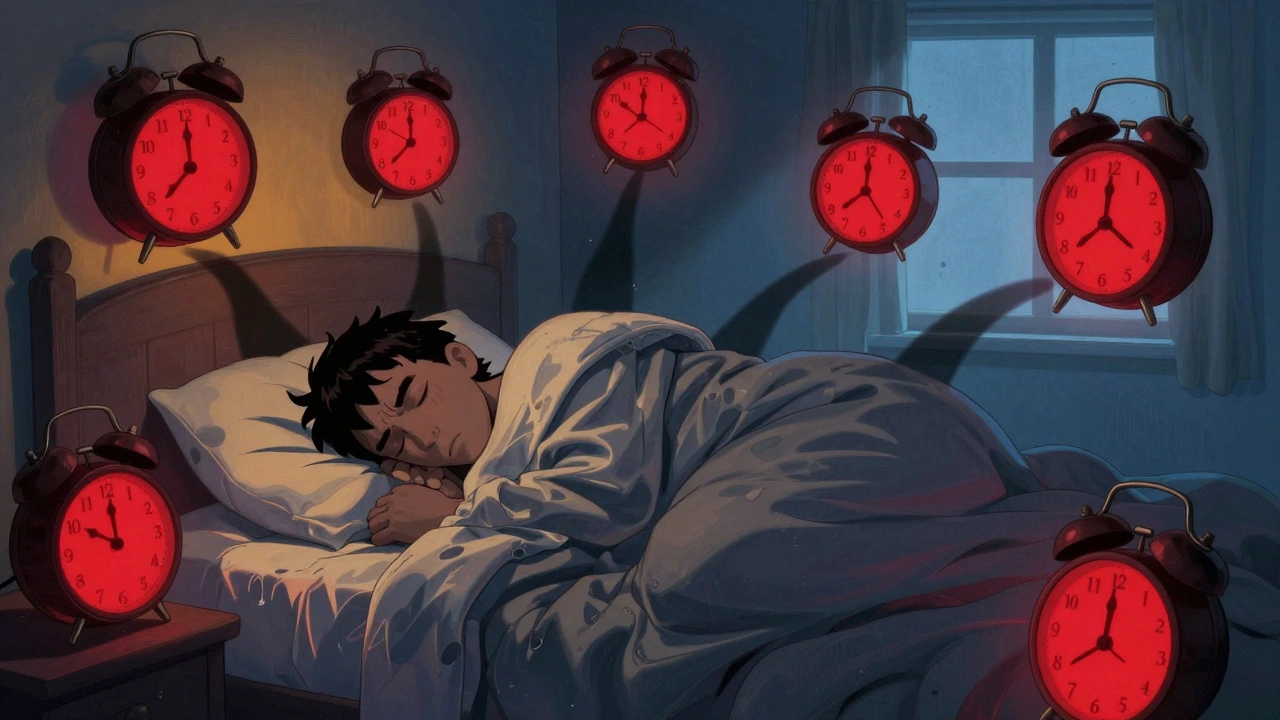
Kihya Beitz
November 14, 2025 AT 18:03So let me get this straight-we’re praising social media for replacing doctors because people can’t be bothered to read a pamphlet? Brilliant. Next they’ll say TikTok can diagnose your cancer. At least back in the day, if you were dumb enough to trust a stranger on the internet, you only lost money. Now you might lose your liver.
Jennifer Walton
November 14, 2025 AT 18:39Trust is not data. It’s narrative. And narratives, however true, are not evidence.
But we prefer stories because stories don’t require us to think.
BABA SABKA
November 14, 2025 AT 22:06Yo, this whole thing is a classic case of systemic failure being patched by grassroots chaos. Pharma doesn’t advertise generics because they don’t profit from them-but the public’s got zero education infrastructure. So people turn to Facebook groups because the system abandoned them. This ain’t innovation. It’s survival.
And yeah, the TGA says it’s all good-but when your grandma’s BP spikes after switching pills, you don’t care about bioequivalence. You care that she’s alive.
Chris Bryan
November 15, 2025 AT 04:43Let’s not pretend this isn’t a Chinese bioweapon plot. Generic drugs? Made in factories with no oversight. The TGA? A puppet of Big Pharma. You think they’re testing every batch? Nah. They’re just stamping ‘approved’ while the fillers are laced with heavy metals from the Yangtze. And now you’re telling me to trust a TikTok pharmacist? Please. I’ll take my $40 brand-name pill and my paranoia any day.
Jonathan Dobey
November 16, 2025 AT 15:52Oh, the irony of the digital agora-where the disenfranchised, the anxious, the medically illiterate, gather like pilgrims at a neon shrine, clutching their phones like prayer beads, seeking solace in the sacred scrolls of Instagram Reels and TikTok whispers.
They call it ‘community.’ I call it the death rattle of epistemic authority.
Once, we had physicians. Now we have influencers who’ve read one PubMed abstract and think they’re Galen reborn.
The pill bottle is dead. Long live the algorithm.
ASHISH TURAN
November 17, 2025 AT 08:41Interesting perspective. In India, we’ve been using generics for decades because we have no choice. The system here doesn’t care if you trust it-it just needs you to take it.
What’s surprising is how well the patient networks have organized. We don’t have Facebook groups like Australia, but WhatsApp chains work just as well. Someone shares a TGA link, someone else shares their glucose log, and someone else says, ‘Try the one with lactose-free filler.’
It’s messy. But it works.
Ryan Airey
November 19, 2025 AT 04:56So now we’re glorifying misinformation because it’s ‘relatable’? Let me guess-the same people who think 5G causes autism are now posting ‘My generic metformin made me glow’ with a filter and a hashtag. This isn’t education. It’s performance. And the worst part? The people who actually know what they’re talking about-pharmacists, researchers-are too busy doing their jobs to post a 60-second video with background music. Meanwhile, the guy who got dizzy once gets 4 million views. Congrats, America. You’ve optimized for engagement, not safety.
Edward Ward
November 19, 2025 AT 09:15Look-I get it. The system failed. Doctors are overworked. Pharmacies are rushed. Brochures are ignored. So people turn to social media because it’s accessible, it’s emotional, and it’s immediate.
But here’s the thing: the same people who say ‘I found my answer on TikTok’ are also the ones who later say ‘My doctor didn’t listen to me.’ So what’s the real problem? Is it the lack of information? Or is it the lack of trust in institutions?
And if we’re going to fix this, we need to rebuild trust-not just replace brochures with Reels. Because if you’re trusting a stranger’s anecdote over clinical data, you’re not being informed-you’re being manipulated by narrative.
And that’s dangerous. Not because the info is always wrong-but because the process is broken.
People need to feel heard. But they also need to know how to think.
And that’s not something a 90-second video can teach.
Andrew Eppich
November 19, 2025 AT 10:33Patients should not be responsible for educating themselves on pharmacology. That’s the job of the medical system. If people have to turn to Facebook groups to understand if their generic drug works, then the system has already failed. This isn’t innovation. It’s negligence dressed up as community.